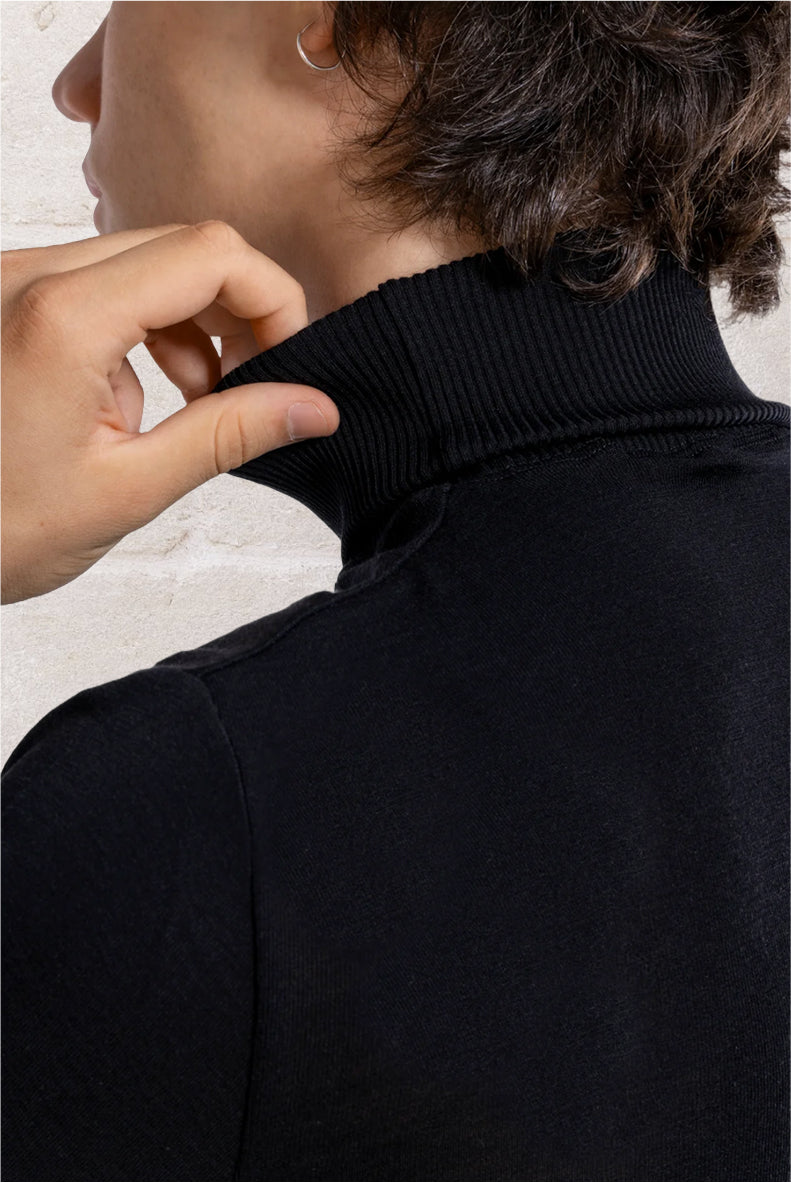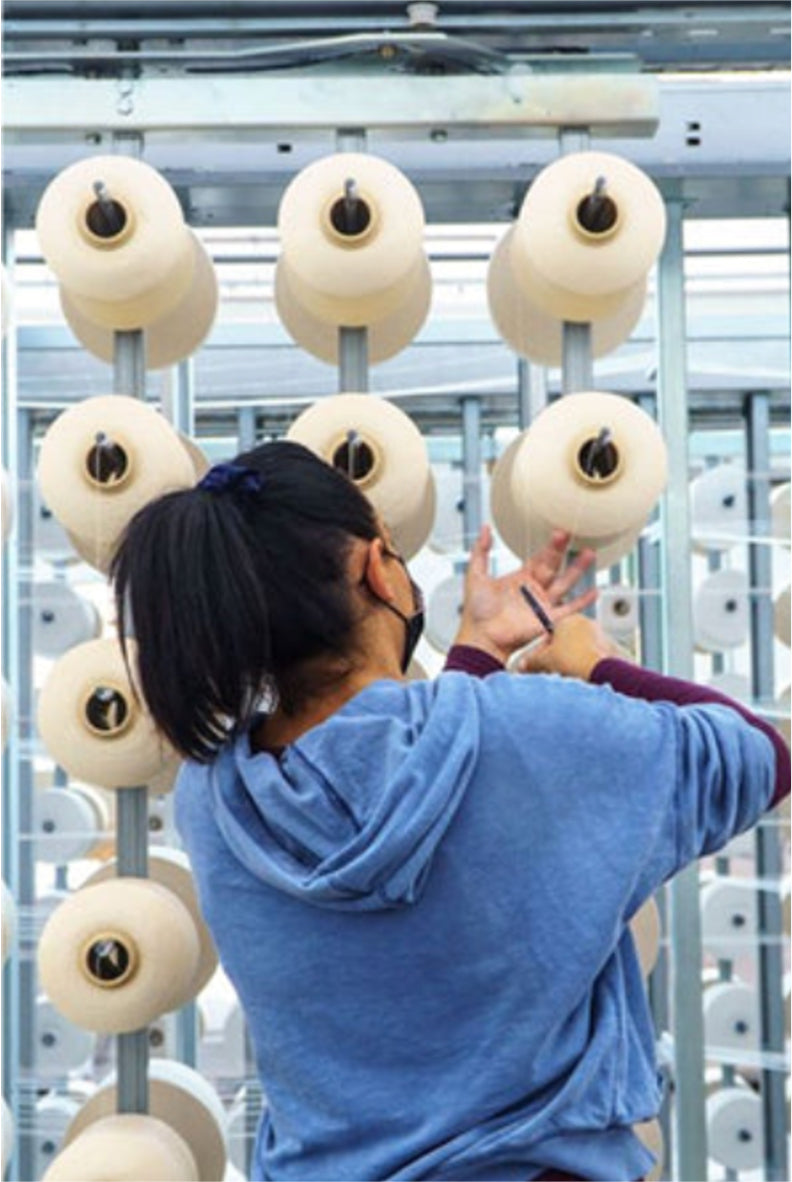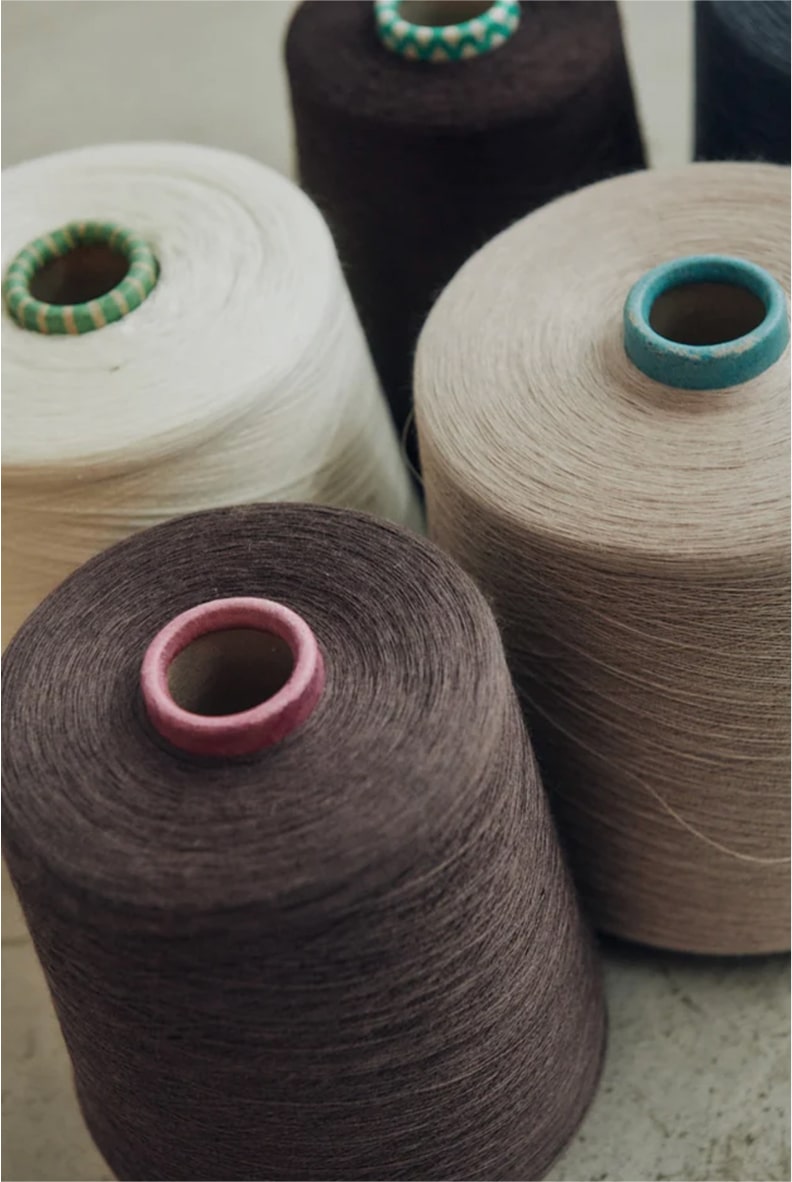
Guide to Sustainable Fashion: Principles, Goals, and Green Certifications
Guide to Sustainable Fashion: from principles and goals to green certifications, what you need to know about sustainable fashion.
Table of Content

In this article, we will take you on a journey to discover the principles, goals, and green certifications that define sustainable fashion. Sustainable fashion is the answer to the environmental and social challenges of the fashion industry, and we are here to show you how it can make a difference. You will learn how reducing pollution, using eco-friendly materials, and promoting labor ethics can contribute to a better future for fashion. Additionally, we will briefly introduce some green certifications that identify processes and products adhering to sustainability standards. If you want to embrace a stylish and conscious lifestyle, this guide is for you. Let's embark on a journey towards sustainable and captivating fashion and make the world a better place!
1. The Principles of Sustainable Fashion
Sustainable fashion is based on some fundamental principles that emphasize the environmental and social impact of the fashion industry. These principles include reducing pollution, using eco-friendly materials, labor ethics, and social responsibility. Sustainable fashion aims to minimize environmental impact by adopting cleaner production processes, using renewable energy, and recycling materials. Furthermore, it promotes greater awareness of product life cycles, encouraging consumers to make informed and responsible choices.
Reducing pollution
Reducing pollution is a primary goal of sustainable fashion. This involves adopting production techniques that limit the emission of harmful chemicals into the environment, such as using natural dyes instead of synthetic ones. Additionally, sustainable fashion companies seek to reduce water and energy use during production processes by adopting innovative technologies and sustainable practices.
The use of eco-friendly materials
Another fundamental principle of sustainable fashion is the use of eco-friendly materials. This means preferring natural, organic, and recycled materials over those derived from petroleum or requiring environmentally harmful extraction processes. For example, using organic cotton or recycled fibers helps reduce the environmental impact of fashion by limiting pesticide use and reducing the extraction of natural resources.
Labor ethics and social responsibility are crucial aspects of sustainable fashion. Companies adopting this philosophy commit to ensuring safe and dignified working conditions for workers throughout the production chain. This includes respecting workers' rights, protecting their health and safety, and promoting gender equality while combating child labor exploitation.
A greater awareness of product life cycles
Finally, sustainable fashion promotes greater awareness of product life cycles. This involves educating consumers about sustainable practices, encouraging mindful purchasing, garment care, and recycling. Consumers are encouraged to make responsible choices by favoring quality clothing items that will last over time, rather than opting for fast fashion. Additionally, the adoption of clothing recycling and donation programs promotes waste reduction and the creation of a more sustainable circular economy.

2. The Goal of Sustainable Fashion
The goal of sustainable fashion is for brands to prioritize responsibility, transparency, and quality. By tracking the origin of garments, emissions, and waste generated in production and protecting workers' rights, brands can promote a virtuous evolution toward this goal. In contrast, lack of transparency can lead to illegal exploitation, often prioritizing maximum profits at the expense of workers' rights.
On the other hand, as consumers, we must do our part by adopting better consumption habits. An example is buying only garments made from natural or biodegradable materials. These materials emit less CO2 when incinerated or decompose more quickly. We should also choose higher-quality garments, carefully attend to cleaning and storing our clothes so that we can wear them for an extended period. Moreover, before discarding an old shirt that is no longer needed, one should consider selling it to a second-hand store, organizing a clothing exchange party, or donating it to someone who will appreciate it.
By uniting the conscious efforts of brands and consumers, we can strive for a better harmony between people and the planet.
3. Green Certifications in Sustainable Fashion
Here is a list of 10 ethical certifications in the field of fashion that you often find applied to labels of ethical fashion products. So, stay calm and keep reading because these definitions will undoubtedly be useful the next time you make an "ethical" purchase.
ACO
An organic product is produced without the use of harmful chemicals. If a product is certified Australian Certified Organic (ACO), it means that the specific product has met and adhered to Australian production standards, and every ingredient in the product is fully traceable.
BCI
The Better Cotton Initiative (BCI) is committed to making cotton a sustainable raw material, improving environmental and social impacts resulting from its production. If a product carries the BCI label, it means that the cotton used in that garment has been carefully cultivated and exported.
BLUESIGN
BLUESIGN is an independent authority providing sustainable solutions for processing and production to brands and industries. If a product is approved by BLUESIGN, it means that it has been made responsibly, both concerning people and the planet, and all negative social and environmental impacts have been reduced as much as possible.
Certified B Corporation
If a company is labeled as a Certified B Corporation, it means it has been recognized as a business contributing to positive change toward a more sustainable economy. Certified B Corps balance profit and purpose and meet high standards of social and environmental performance.
ECA
Ethical Clothing Australia (ECA) is an accreditation body working with local textile, clothing, and footwear businesses in Australia to protect and ensure the rights of industry workers. A company accredited by ECA has undergone an audit of production operations, from design to shipping, to ensure that workers are adequately paid, receive all their legal rights, and work in safe conditions.
Fairtrade
Fairtrade certification advocates for the protection of the rights of farming communities and workers worldwide. If a product bears the Fairtrade mark, it means it supports the rights and livelihoods of these workers; workers who, with the material or article they produce, adhere to internationally agreed social, economic, and environmental standards. However, be cautious: products can be marketed as "fair trade" without having the necessary independent third-party verification that the Fairtrade mark provides (thanks for the information, Fairtrade), so make sure to look for the Fairtrade label.
FSC
The Forest Stewardship Council (FSC) collaborates with a global network of environmental, social, and economic actors to establish standards defining responsible forest management. FSC-certified products have demonstrated that their processes are appropriate at every stage of the supply chain.
GOTS Certified
The Global Organic Textile Standard (GOTS) sets the standard for fabrics made with organic fibers. GOTS-certified products adhere to rigorous environmental and social criteria and must contain at least 70% organic fibers.
STANDARD 100 by OEKO-TEX
The STANDARD 100 by OEKO-TEX is a third-party textile certification testing textile components for harmful substances, ensuring that these textiles and components are entirely safe for human use. Finished or raw yarns, fabrics, accessories like buttons and zippers, and garments of all types are examples of materials that can be tested and STANDARD 100 certified. The strict criteria are standardized globally, updated at least once a year, and, if necessary, integrated with the latest scientific findings or regulatory requirements.
WRAP
Worldwide Responsible Accredited Production (WRAP) is the largest independent certification program for facilities in the apparel, footwear, and packaged goods sectors. They certify factories, not brands, so you might not see this certification on labels but on the supplier's website. WRAP certifies each factory based on adherence to their 12 fundamental principles, which are based on recognized international standards and local laws and regulations regarding health and safety in the workplace.
Conclusion: A renewed harmony between people and the planet
Sustainable fashion represents an imperative necessity in the fashion industry to address environmental and social challenges. Adopting the principles of sustainable fashion, such as pollution reduction, the use of eco-friendly materials, labor ethics, and social responsibility, is crucial to creating a sustainable future. Brands and consumers must collaborate to foster conscious production and consumption, prioritizing the quality and durability of clothing items.
Knowledge of ethical certifications can help consumers make informed choices. With a collective commitment to sustainable fashion, we can achieve a balance between people and the planet, promoting a responsible fashion industry that respects the environment and human rights.









